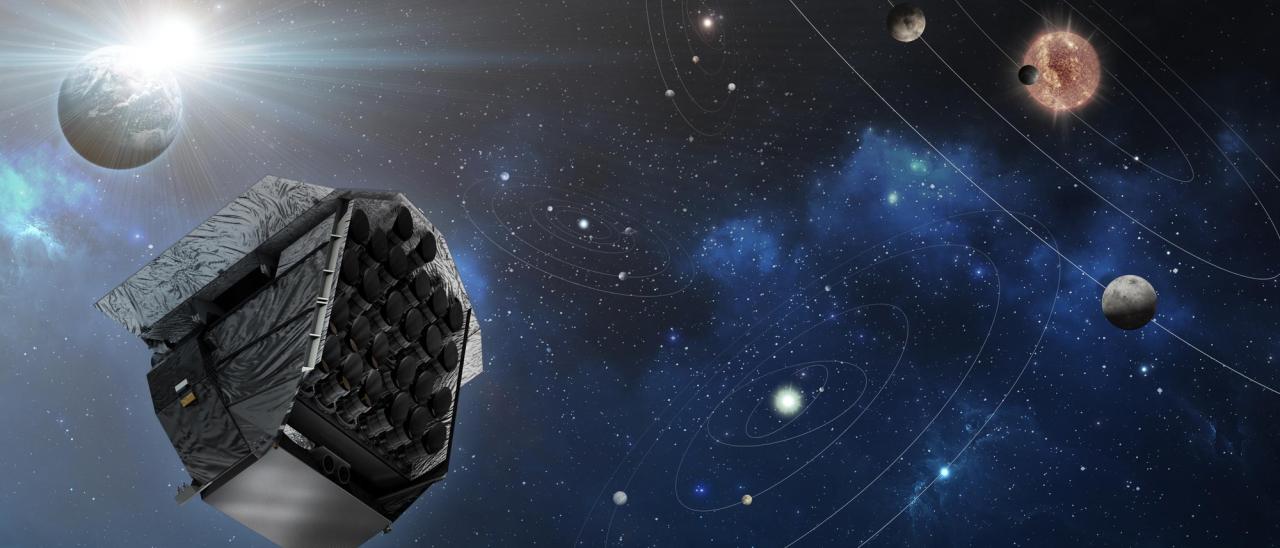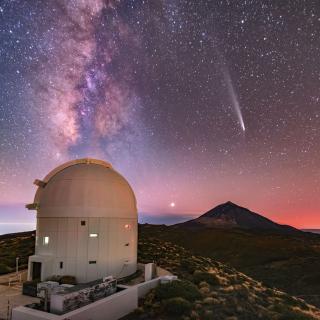The PLATO (PLAnetary Transits and Oscillations of Stars) space mission, led by the European Space Agency (ESA), has recently completed one of the most delicate phases of its development: the integration of its main components, the 26 scientific cameras and the service module that houses all the instrument's acquisition, processing, and control electronics. This stage, carried out at the facilities of the aerospace company OHB in Germany, marks a fundamental step toward the launch scheduled for December 2026 from French Guiana aboard an Ariane 6 rocket.
“Almost eight years after ESA gave the green light to the PLATO mission, both the satellite and its unique telescope with 26 ‘eyes’ have been completed as planned; it’s an extraordinary achievement,” said Heike Rauer, mission scientist for the Deutsches Zentrum für Luft und Raumfahrt (DLR) and the Freie Universität Berlin.
PLATO's mission is ambitious: to discover and study rocky, Earth-sized exoplanets orbiting Sun-like stars. Thanks to its unique design and location at the L2 Lagrange point, the mission will be able to observe more than 250,000 stars, using the transit method to detect small dips in stellar brightness caused by a transiting planet.
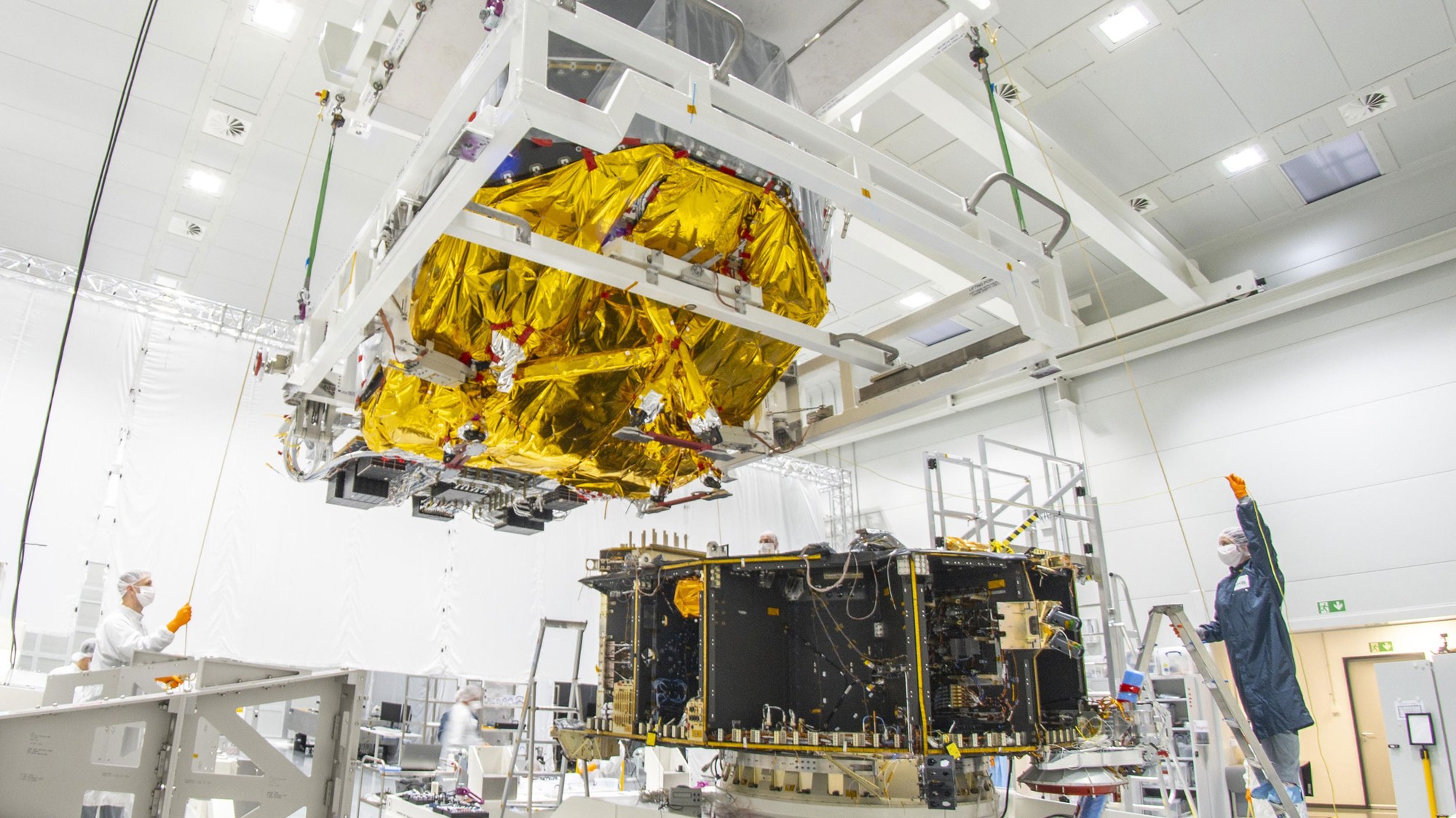
Outstanding participation of the IAC in the development of the mission
The Instituto de Astrofísica de Canarias (IAC) plays a fundamental role in this mission, both scientifically and technologically. In collaboration with the Instituto de Astrofísica de Andalucía (IAA-CSIC), the IAC has contributed to the design and manufacture of the electronic system for the telescope's main unit, known as the Main Electronic Unit (MEU). Each of the two boxes comprising this unit, essential for processing scientific data, incorporates six processing units (NDPUs), SpaceWire routers, and power supplies (MEU-PSUs) developed by the IAC engineering team.
The technological challenge has been considerable: each MEU must process data from thousands of stars in near-real time, consuming less than 17 watts and weighing less than 11 kilograms. The IAC has been involved from the outset in defining the specifications, designing, and supervising the industrial production of these systems, with a team led by José Javier Díaz García and comprising engineers Hugo García Vázquez and Javier López Campos.
Preparing for the discovery of new exoplanets
In the scientific field, the IAC is also leading key tasks. These include coordinating the detection of planets around binary stars and various aspects of light curve analysis using asteroseismology, an essential technique for providing an in-depth description of discovered planetary systems. Furthermore, the IAC is organizing ground-based observation campaigns with telescopes located at the Canary Islands Observatories, both in Tenerife and La Palma, to confirm and characterize the exoplanets identified by PLATO.
“PLATO is expected to discover thousands of new worlds—rocky, icy, and gaseous—around different types of stars, using the transit method,” says Hans Deeg, principal investigator of the project at the IAC. “Once these candidates are identified, they will be studied in greater detail from Earth through complementary observations and other techniques, such as radial velocity measurements, which allow us to determine the mass of the planets and confirm their existence,” he emphasizes.
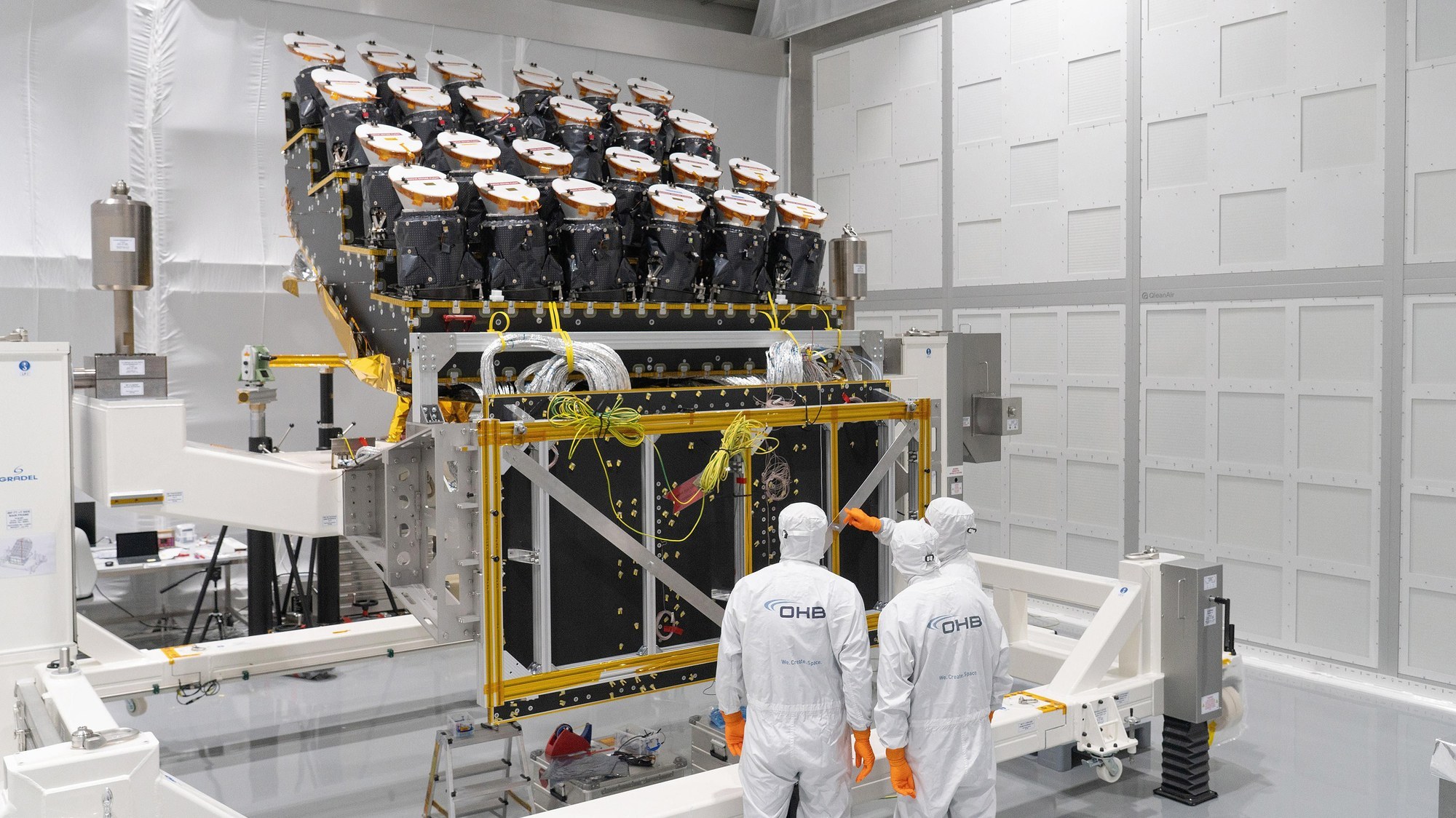
Spanish participation in PLATO is extensive and coordinated by a consortium that includes the IAC, the IAA, the Centre for Astrobiology (CAB-CSIC/INTA), the National Institute of Aerospace Technology (INTA), the Institute of Space Sciences (ICE-CSIC), the University of Granada (UGR), and the University of Valencia (UV), consolidating the leadership of the Spanish scientific and technological community in the study of exoplanets. Among its most notable contributions are the development of the thermomechanical structures of the scientific cameras by the CAB, the thermal vacuum calibration of ten of them by INTA, and the participation of the IAA and the IAC in the design and manufacture of the telescope's main electronic units.
The last steps prior to launch
The next step will be its transfer to ESA's European Space Research and Technology Centre (ESTEC) in the Netherlands, where the solar panels and heat shields will be installed. PLATO will then undergo testing in space-like conditions before its final shipment to Kourou, French Guiana, from where it will be launched.
Contacts at the IAC:
Hans Deeg, hdeeg [at] iac.es (hdeeg[at]iac[dot]es)
José Javier Díaz García, jose.javier.diaz.garcia [at] iac.es (jose[dot]javier[dot]diaz[dot]garcia[at]iac[dot]es)
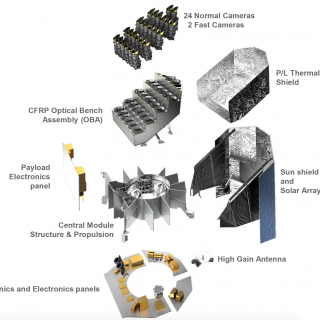


Aula
